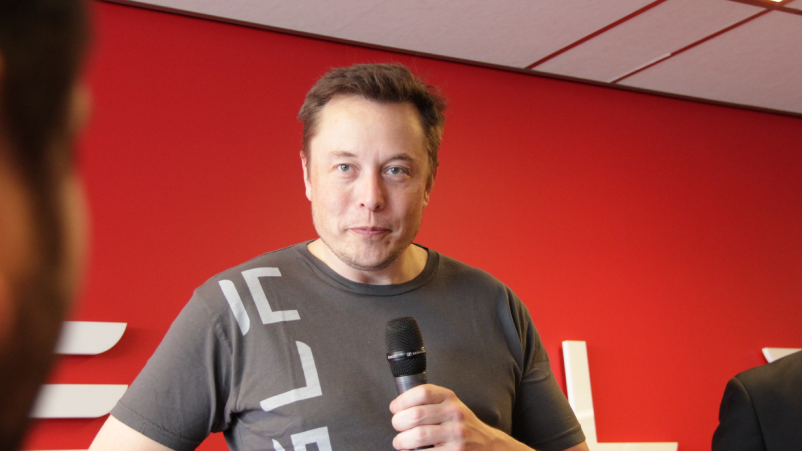UNIMAGo > News & Updates > Teleportation is Closer to Reality Thanks to Quantum Mechanics
Teleportation is Closer to Reality Thanks to Quantum Mechanics
- 39 zobrazení
- February 18, 2025
- UNIMAGo

Teleportation—a phenomenon known from sci-fi movies—has been turning into a real scientific possibility over the past few decades. Since the 1990s, scientists have successfully teleported photons, and now new research suggests that the same process could work for electrons. The key to this technology is quantum entanglement, which connects particles even across vast distances.
According to a study funded by the U.S. National Science Foundation and conducted by researchers from the University of Rochester and Purdue University, teleportation between electrons may be possible. This discovery is considered a “massive breakthrough” that pushes the boundaries of our understanding of quantum mechanics.
Human Teleportation: Reality or Fiction?
Scientists speculate that with further advancements in quantum technology, it might one day be possible to teleport more complex objects—including humans. However, the process would not be as simple as depicted in movies like Star Trek.
Teleportation would not involve the physical movement of matter but rather the transfer of quantum information about every atom in the body. This information would then be used at the destination to “reconstruct” the person, while the original body would be destroyed.
Is a Teleported Person Still the Same?
This concept raises fundamental philosophical questions. If a person were broken down and reassembled elsewhere, would they still be the same person or merely a perfect copy?
Physicist John Clauser warns, “Stepping into such a machine would be equivalent to death, with the only difference being that a duplicate would appear on the other side.” This idea sparks deep ethical concerns, which could be one of the biggest obstacles to teleportation becoming a widely accepted technology.
Teleportation and Space Travel
Despite these questions, teleportation could revolutionize space travel. If astronauts could be instantly transported to distant planets, a new era of rapid space exploration would begin.
Currently, human teleportation remains theoretical, but with the continuous advancement of quantum technologies, it may become a reality sooner than we think. However, it will ultimately be up to society to decide whether the benefits of this technology outweigh its potential risks.
Source: redakce, nsf.gov | Thumbnail image: AI – Freepik
Komentáře
Advert
Continue reading
No results available
Reset






